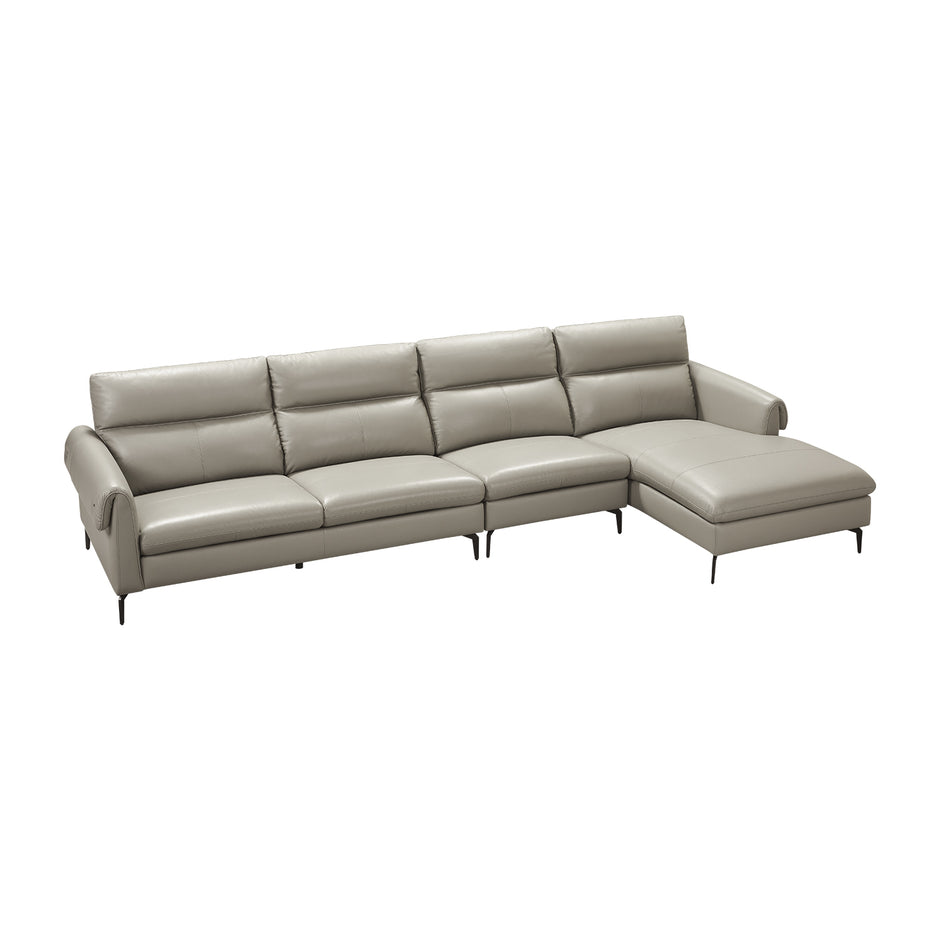The sofa, a staple of interior furniture, has undergone significant transformations throughout history. From its humble beginnings as a simple bench to the luxurious designs we see today, the evolution of the sofa reflects changing tastes, lifestyles, and technological advancements. This article delves into the fascinating journey of sofa design, highlighting key styles and innovations that have shaped its development.

Traditional Sofa Styles
Initially, sofas were designed primarily for functionality. In the 17th and 18th centuries, the sofa emerged as a symbol of status, often adorned with intricate carvings and luxurious fabrics. These traditional pieces were typically large, featuring ornate details and heavy upholstery. They served as both seating and decorative elements in grand homes.
- Chesterfield Sofa: Known for its deep button tufting and rolled arms, this classic design remains popular today.
- Settee: A smaller, more intimate version of the sofa, perfect for cosy spaces.
- Victorian Sofa: Characterised by its elaborate woodwork and rich fabrics, this style epitomises opulence.
Transition to Modern Designs
As society evolved, so did the sofa. The 20th century marked a significant shift towards modernism, with designers prioritising simplicity and functionality. The introduction of new materials, such as steel and moulded plastics, allowed for innovative designs that were both stylish and practical.
Modern sofas often feature clean lines and minimalistic aesthetics. They are designed to fit seamlessly into contemporary living spaces, catering to the needs of a fast-paced lifestyle. The rise of open-plan living has further influenced sofa design, leading to the creation of modular sofas that can be easily rearranged to suit various layouts.
Contemporary Innovations
Today, the sofa continues to evolve, embracing sustainability and technology. Eco-friendly materials are increasingly used in production, reflecting a growing awareness of environmental issues. Additionally, smart sofas equipped with charging ports and integrated speakers are becoming more common, merging comfort with modern technology.
Moreover, the trend towards customisation allows consumers to choose fabrics, colours, and configurations that best suit their personal style. This shift towards individual expression has made the sofa not just a piece of furniture, but a statement of identity.
Choosing the Right Sofa for Your Space
When selecting a sofa, consider the following factors:
- Size: Measure your space to ensure the sofa fits comfortably without overwhelming the room.
- Style: Choose a design that complements your existing decor.
- Material: Opt for durable fabrics that suit your lifestyle, especially if you have pets or children.
For a wide selection of stylish and modern sofas, visit  . Here, you will find a variety of designs that cater to both traditional and contemporary tastes.
. Here, you will find a variety of designs that cater to both traditional and contemporary tastes.
Conclusion
The journey of the sofa from traditional to modern styles is a testament to the changing dynamics of interior design. As we continue to innovate and adapt, the sofa remains a central piece in our homes, embodying both comfort and style. Understanding its evolution not only enriches our appreciation for this essential furniture but also guides us in making informed choices for our living spaces.




